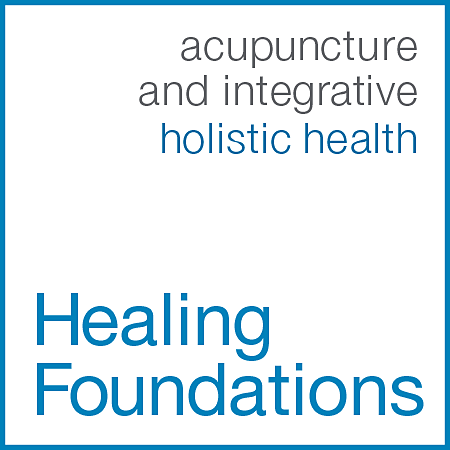On May 10th, the US Food and Drug Administration released a proposal for what primary healthcare providers should know and share with their patients about integrative medicine as it pertains to pain management (1).
It's a addendum actually, to recommendations the agency put together in 2011 in response to the United States' escalating problem with overuse and abuse of prescribed pharmaceuticals. The problem isn't only that prescriptions get abused, but also that for some people, opioid painkillers are so addictive they sometimes serve as a gateway to abuse of non-prescribed drugs, too. In Ohio last year, a record 3,050 residents died from fatal drug overdoses. Most of those deaths were from heroine or legal painkillers like Fentanyl (2). Fentanyl is the legal and very powerful prescription drug that killed the singer Prince.
The U.S. Department of Health & Human Services states quite dryly, that:
"Opioid abuse is a serious public health issue.
Drug overdose deaths are the leading cause of injury death in the United States."
The FDA believes that if physicians are educated about non-pharmacologic alternatives to pain management— and share that information with their patients— a broader, more inclusive, and potentially healthier approach might replace the singular stranglehold drugs have on patients' consciousness— before addiction takes place. The fact is, acupuncture and chiropractic care, which the FDA also added to its recommendation, are drug-free therapies that provide pain relief for many people, but are historically left out of the conversation in physician's offices. For the most part, patients have been left to explore and discover non-pharmaceutical therapies on their own, which only reinforces the idea of a separation of traditional and integrative care.
“[Health care providers] should be knowledgeable about the range of available therapies, when they may be helpful, and when they should be used as part of a multidisciplinary approach to pain management,” says the FDA in its proposal.
This development is welcome news to providers of integrative therapies that have been traditionally marginalized by Western medicine, but these recommendations haven't been adopted as official protocol as yet. The FDA is accepting public comment on its proposal through July 10th. It is a small thing just to be included in the health care conversation, but a really important step in the right direction for providing thoughtful and appropriate health care for everyone.
The best news is that this move by the FDA isn't really all that ground breaking. There's been a spate of recent articles highlighting how Western medicine serves patients better when integrating therapies once thought of as being alternative. From Shakopee Hospital and Owatonna Hospital in Minnesota, to world-renknown Massachusetts General Hospital Cancer Center in Boston, hospitals around the country are seeing how acupuncture can assist and improve patient care before, during and after traditional treatments.
“They think what we do is hocus pocus, and we don’t do hocus pocus.”
– Dr. Marcia Prenguber, University of Bridgeport; Massachusetts
A terrific article from Connecticut Magazine explains the inevitable rise of integrative medicine, for problems ranging from substance abuse to better care for cancer patients. “The health care market needs it, the patients want choices,” says Dr. David M. Brady, Vice President for Health Sciences at the University of Bridgeport. “They don’t want just drugs and surgery, they want more comprehensive solutions to their chronic health challenges.”
1) LINK: https://www.fda.gov/downloads/Drugs/NewsEvents/UCM557071.pdf 2) LINK: http://www.cbsnews.com/news/ohio-coroner-runs-out-of-room-for-bodies-spike-in-opioid-deaths/ RELATED: Drug makers push back on limiting access to their products: https://www.statnews.com/2016/09/18/drugmakers-fought-state-opioid-limits-amid-crisis/?s_campaign=trendmd




